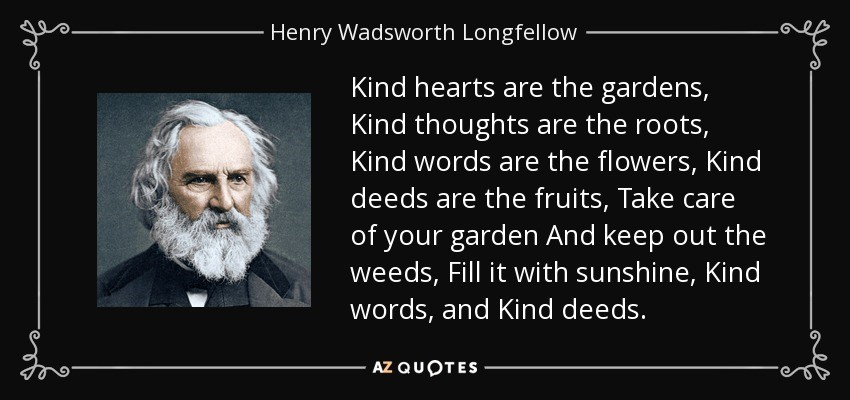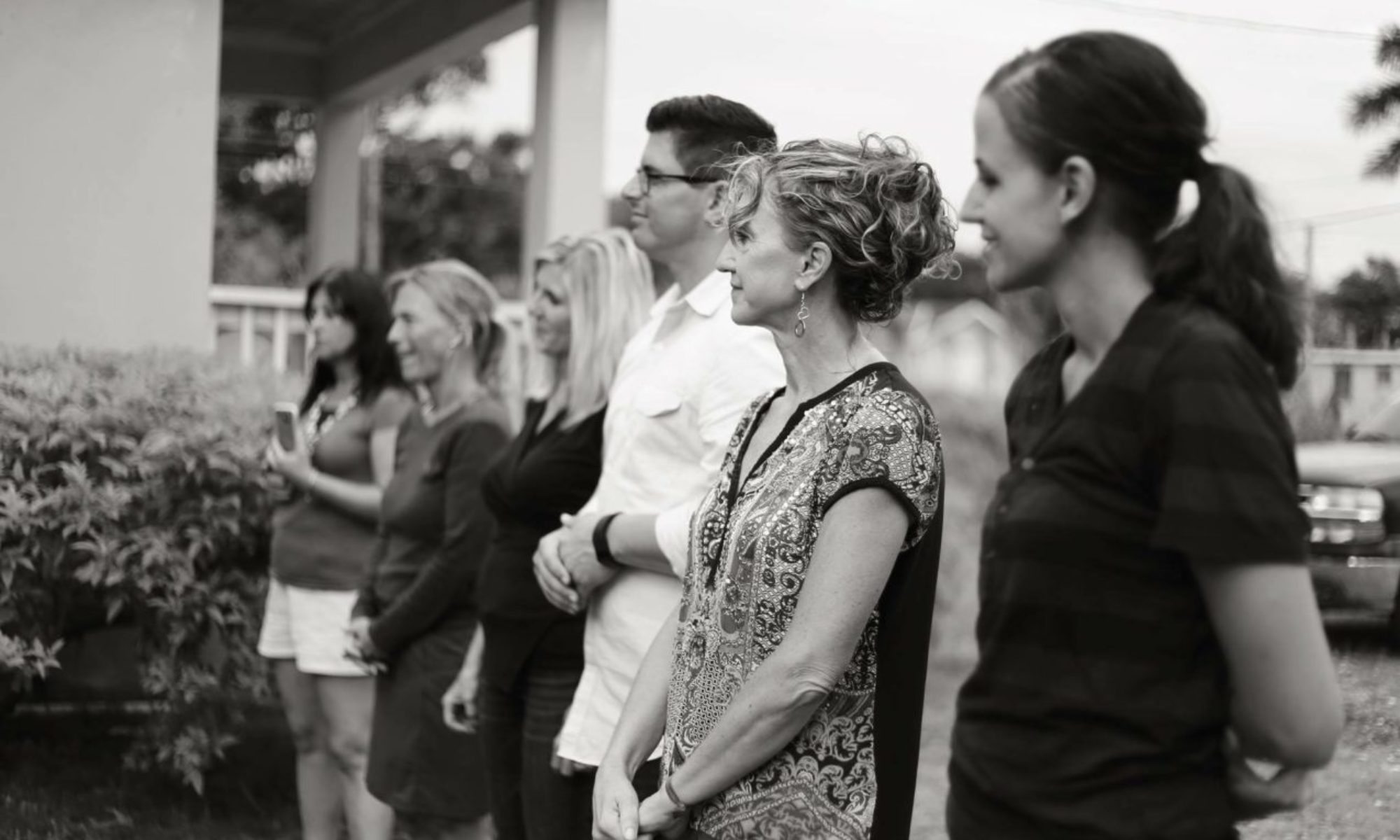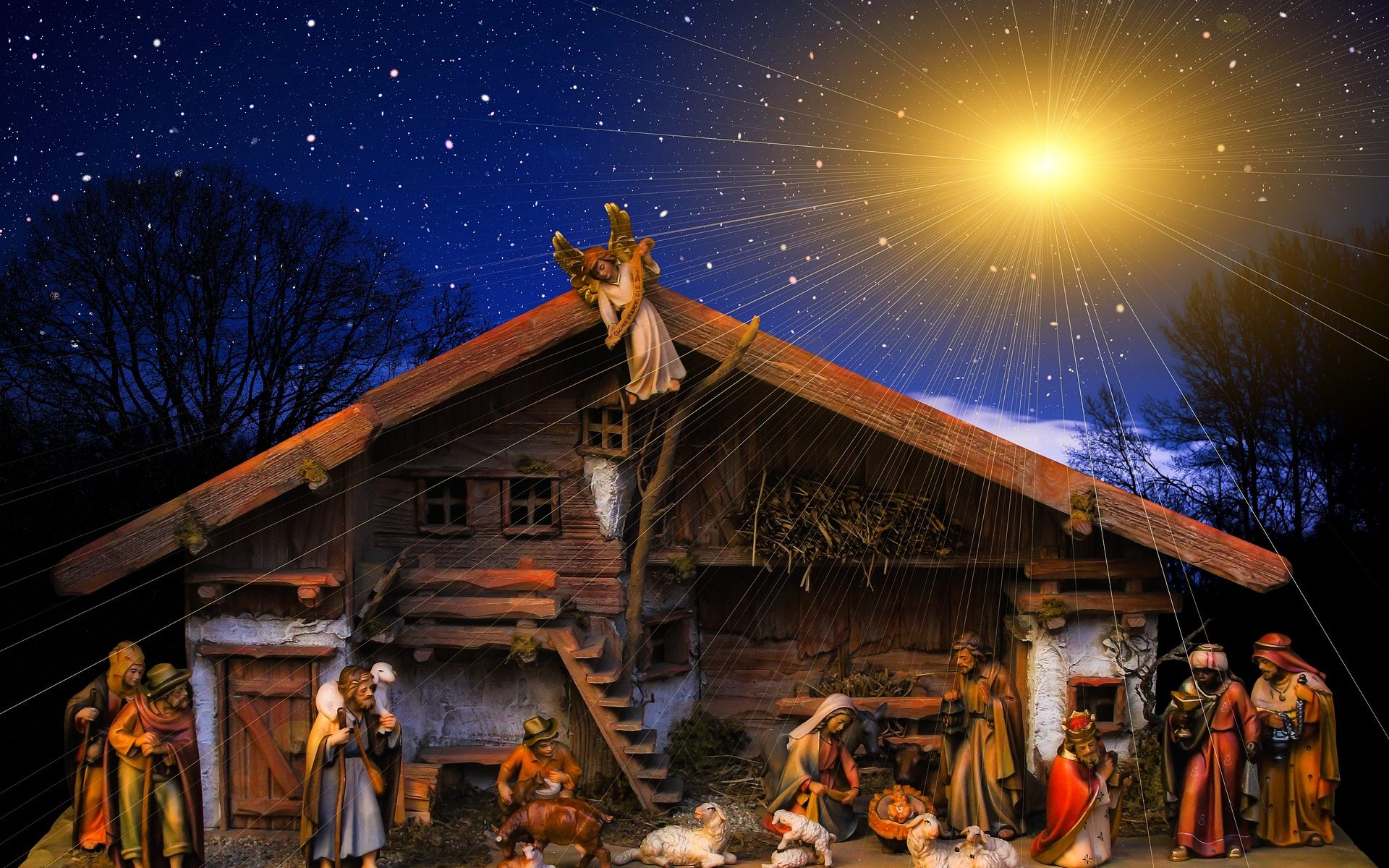On his way home one night, a man stopped and bought a sunflower to put on the windshield of someone he was smitten with. After some consideration, he decided that after just the one date, perhaps the gesture was too much.
In the morning, not wanting it to go to waste, he grabbed the flower with the intent to give it to a random person on his way to work. While sitting and drinking his coffee at a local shop, he saw a woman reading something, as tears quietly and quickly slid down her pale face. It was then, he knew, the flower was meant for her. He then approached her table, flower in hand.
The modern term “Loving kindness” was first defined in 1535 as tender and benevolent affection. It is an English translation of Chesed, a term found in the Hebrew Bible. Chesed means ‘kindness or love between people’, specifically of the devotional piety of people towards God as well as of love or mercy of God towards humanity. According to Meriam-Webster, one who is benevolent genuinely wishes other people well, with bene meaning “good,” and velle meaning “to wish.” Other comparable terms to describe an act of loving kindness might be warmhearted, considerate, or sympathetic. Can you recall a time when someone treated you with loving kindness?
With “kindness” being the quality or state of being kind, how is the activity affected by adding the adjective “loving?” Can we be kind without being loving? Can we be loving without being kind? Certainly it is possible to be kind to those we do not love, but should we not love everyone on some level? And to love without being kind, well, that seems impossible.
When a Buddhist monk was invited to speak to a senior class he said this, “Statistically, it’s highly unlikely that any of you will ever have the opportunity to run into a burning orphanage and rescue an infant. But, in the smallest gesture of kindness – a warm smile, holding the door for the person behind you, shoveling the driveway of the elderly person next door – you have committed an act of immeasurable profundity, because to each of us, our life is our universe.
So we might challenge you in the coming week, to seek out those opportunities to be not only kind, but to be kind in a loving, benevolent manner. As Mother Teresa once said, “It’s not how much we give, but how much love we put into giving.” And if we go back to the beginning, our master is our finest teacher at doing good. God, works most freely in an environment of loving-kindness. Therefore, praying for miracles without praying in love is like petitioning in a foreign language. When we pray, we should do so not only with intention, but with love in our heart.
Act of Kindness ideas:
- Ask someone how you might bless them
- Cook a meal for someone in need
- Write a hand-written note to someone, telling them what they mean to you.
- Leave a thoughtful gift for someone anonymously
- Pay for items for the person behind you in a queue
In a world where we can be and do anything, why not be kind. We need not do it for accolades or to soothe the ego, but because it is right and a moral responsibility. By acting towards another with genuine loving kindness, we can create a positive shift in not only their world, but ours as well.





